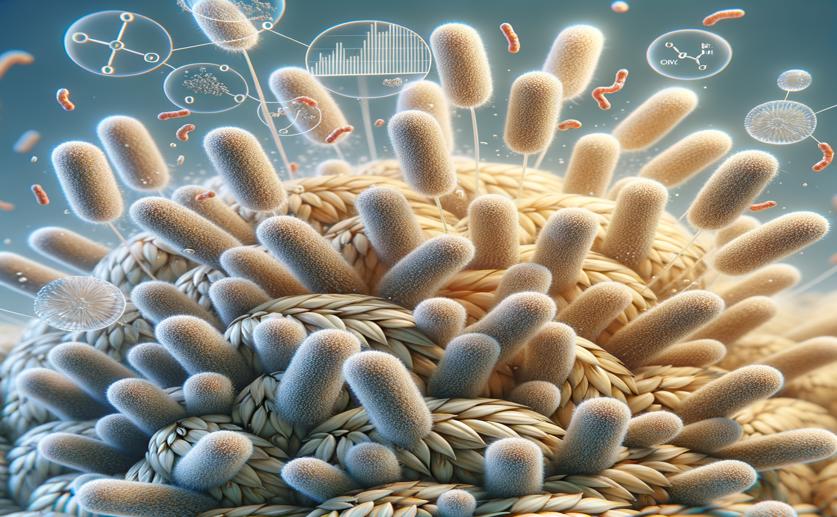
Understanding Bacterial Growth Patterns in Oat Silages Using Statistical Models
Greg Howard
17th May, 2024

Image Source: Natural Science News, 2024
Key Findings
- The study focused on oat silages harvested in southern China to understand bacterial community assembly
- Bacterial community composition in oat silages changes significantly from the grain-filling stage to full ripening
- Both deterministic (environmental filtering) and stochastic (random events) processes influence bacterial community assembly, with deterministic processes becoming more important as silage matures
AgricultureBiotechPlant Science
References
Main Study
1) Using null models to decipher bacterial assembly mechanisms in oat silages harvested from southern China
Published 16th May, 2024
https://doi.org/10.1186/s40538-024-00596-8
Related Studies
2) Silage review: Animal and human health risks from silage.
3) Low shifts in salinity determined assembly processes and network stability of microeukaryotic plankton communities in a subtropical urban reservoir.
4) Community Assembly of Fungi and Bacteria along Soil-Plant Continuum Differs in a Zoige Wetland.



 9th May, 2024 | Jenn Hoskins
9th May, 2024 | Jenn Hoskins